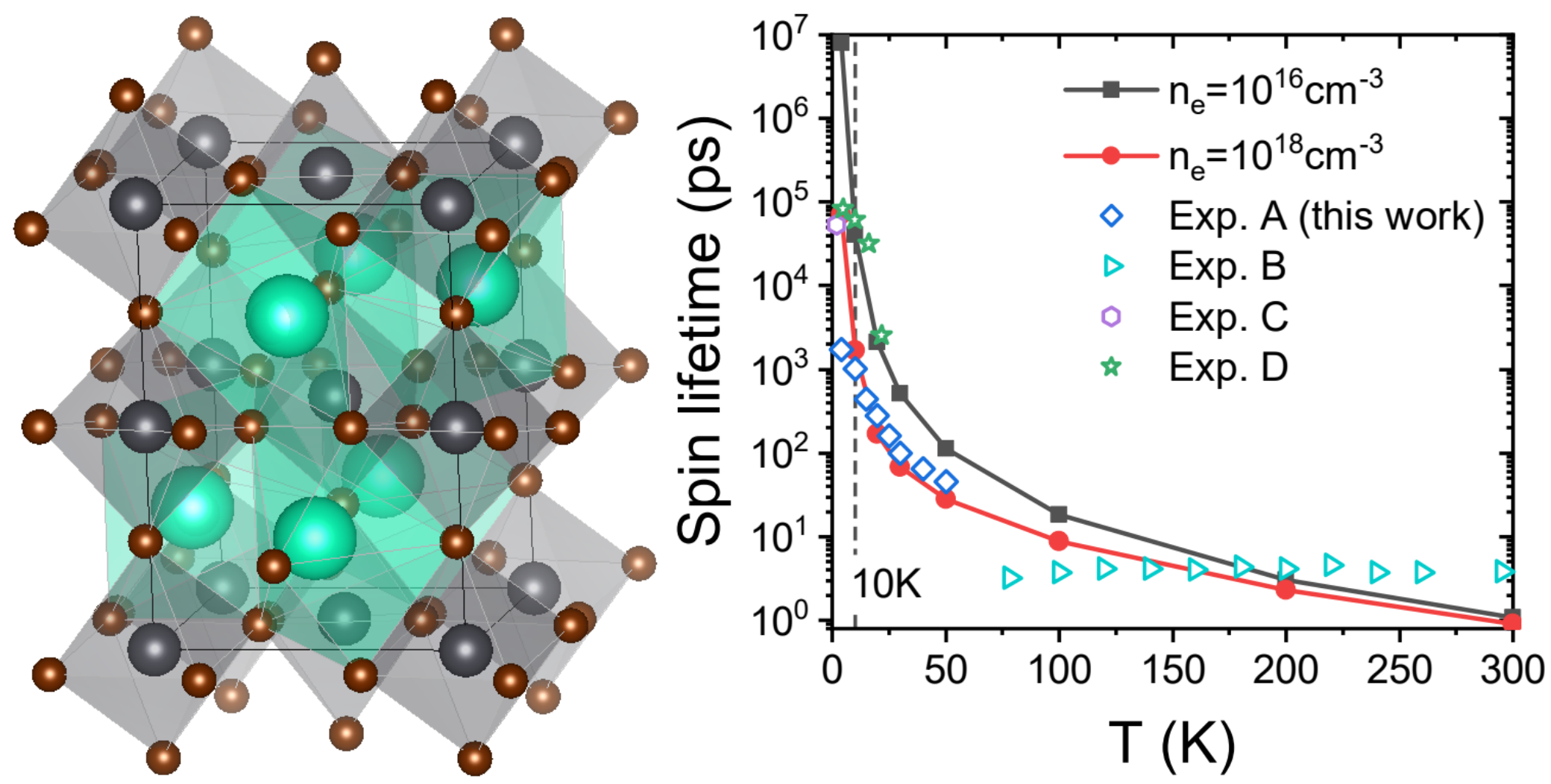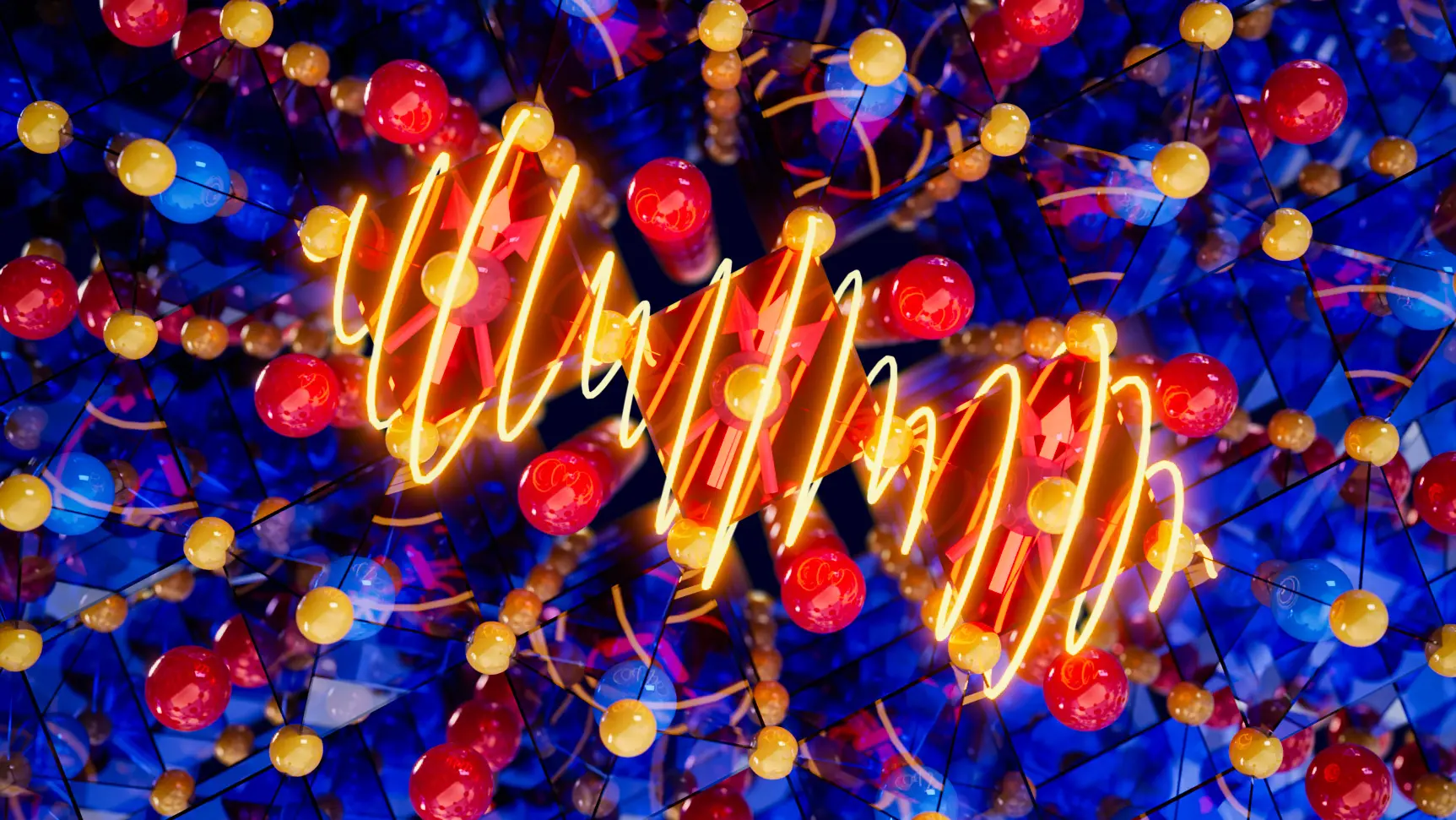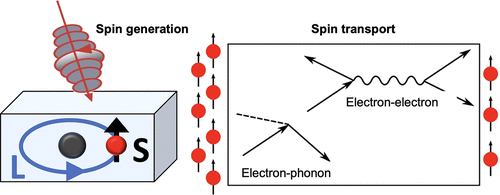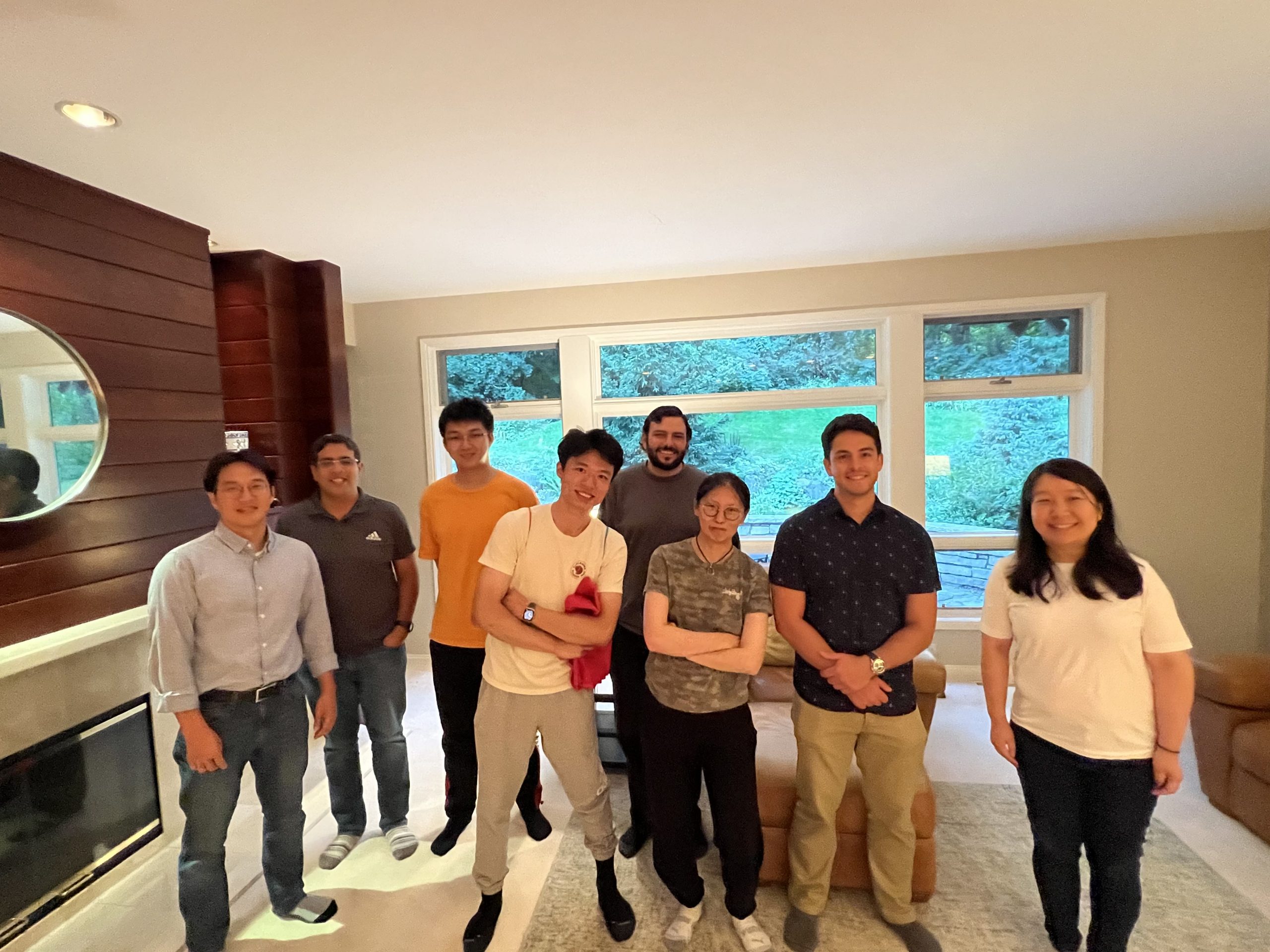Congratulations to Junqing Xu, Kejun Li and Yuan Ping for their work with Uyen N. Huynh, Jinsong Huang, Ravishankar Sundararaman and Valy Vardeny on “How Spin Relaxes and Dephases in Bulk Halide Perovskites”, published in Nature Communication! Link to the published article.
Abstract: Spintronics in halide perovskites has drawn significant attention in recent years, due to highly tunable spin-orbit fields and intriguing interplay with lattice symmetry. Spin lifetime — a key parameter that determines the applicability of materials for spintronics and spin-based quantum information applications — has been extensively measured in halide perovskites, but not yet assessed from first-principles calculations. Here, we leverage our recently-developed ab initio density-matrix dynamics framework to compute the spin relaxation time (T1) and ensemble spin dephasing time (T∗2) in a prototype halide perovskite, namely CsPbBr3 with self-consistent spin-orbit coupling (SOC) and quantum descriptions of the electron scattering processes. We also implement the Landé g-factor for solids from first principles and take it into account in our dynamics, which is required to accurately capture spin dephasing at external magnetic fields. We thereby predict intrinsic spin lifetimes as an upper bound for experiments, identify the dominant spin relaxation pathways, and evaluate the dependence on temperature, external fields, carrier density,and impurities. Importantly, we find that the Fröhlich interaction that dominates carrier relaxation contributes negligibly to spin relaxation, consistent with the spin-conserving nature of this interaction. We investigated the effect of spin-orbit field with inversion asymmetry on spin lifetime, and we demonstrated from our calculation, persistent spin helix can enhance spin lifetime when the spin-split is large, but it can not be realized by Rashba SOC. Our theoretical approach may lead to new strategies to optimize spin and carrier transport properties in spintronics and quantum information applications.





